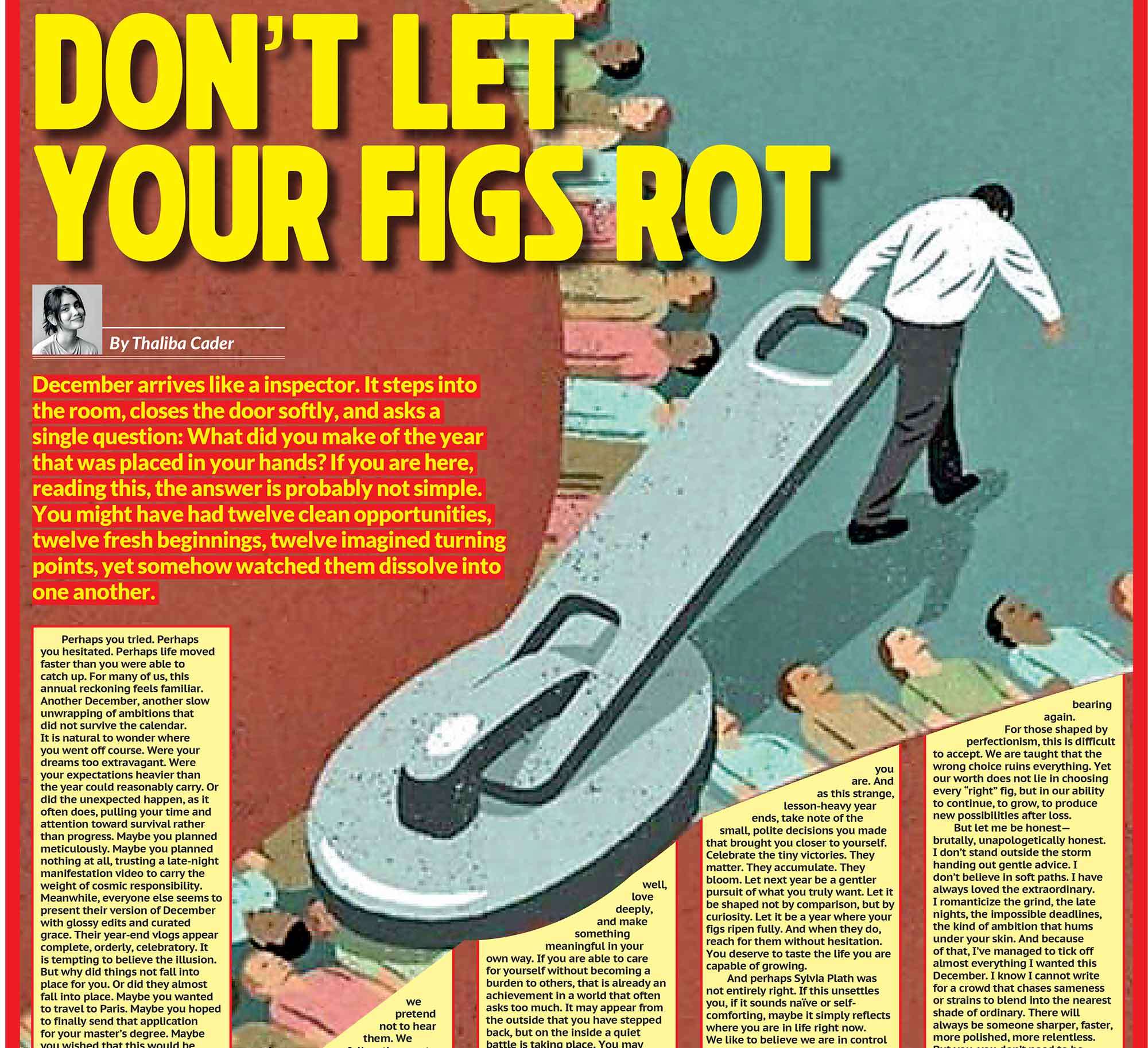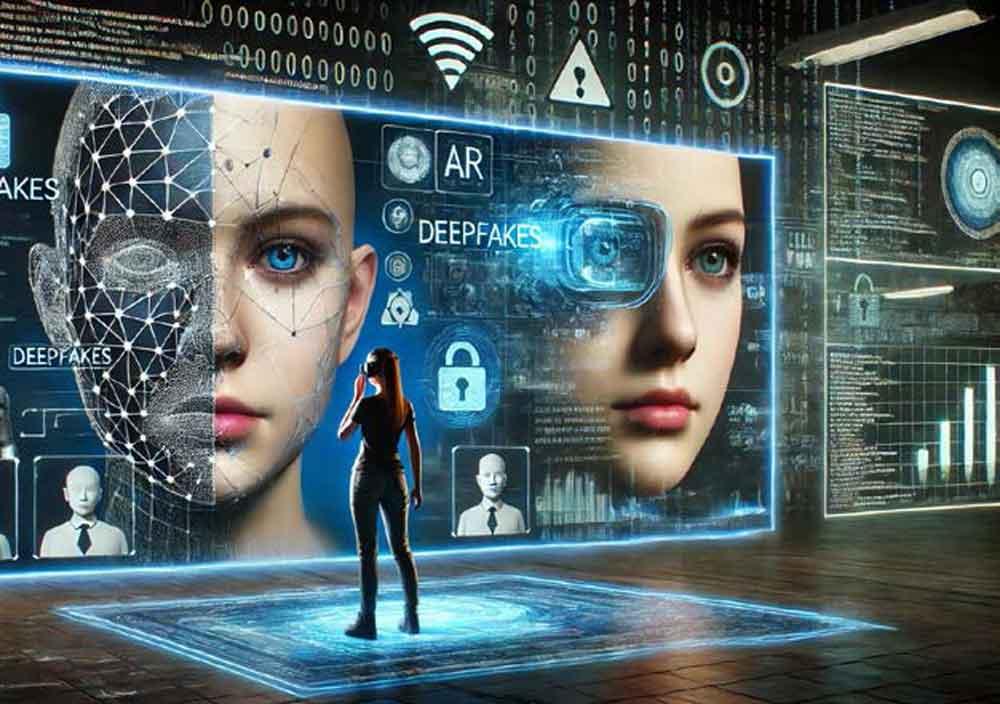
In the past decade artificial intelligence has transformed from a niche technological curiosity into a central force shaping nearly every aspect of modern life. From self-driving cars to personalized recommendations on social media platforms AI has become deeply embedded in society. While the benefits of artificial intelligence are undeniable it is equally important to examine the risks it poses. Among the most concerning developments is the rise of deepfakes a technology that allows the creation of highly realistic but entirely fabricated audio and video content. As AI and deepfakes become more sophisticated the potential for misuse grows exponentially creating challenges that extend beyond technology into the realms of politics ethics and personal safety.
Deepfakes are a product of generative AI technology which can manipulate images video and audio to create content that is almost indistinguishable from reality. The process relies on complex neural networks trained on vast datasets that allow the system to learn the nuances of human speech facial expressions and gestures. With enough data a deepfake can be made to show a public figure saying something they never actually said or performing actions that never occurred. The accuracy of these fakes has reached a level where even experts may struggle to detect them without specialized tools. What was once the domain of amateur pranksters and experimental artists has now become a tool with the potential to manipulate public perception on a massive scale.
One of the most immediate dangers of deepfakes is the threat to political stability and democratic processes. In recent years there have been reports of manipulated videos of politicians that spread rapidly on social media platforms influencing public opinion and, in some cases, inciting violence. During election cycles deepfakes can be weaponized to spread misinformation creating doubt about candidates and their policies. In countries where information is tightly controlled or censored deepfakes can be used to undermine official narratives or create confusion among the population. Even when these videos are later debunked the initial impact can be difficult to reverse. The spread of false information happens quickly, and the human brain is more likely to remember emotionally charged content making the damage of a convincing deepfake long lasting.
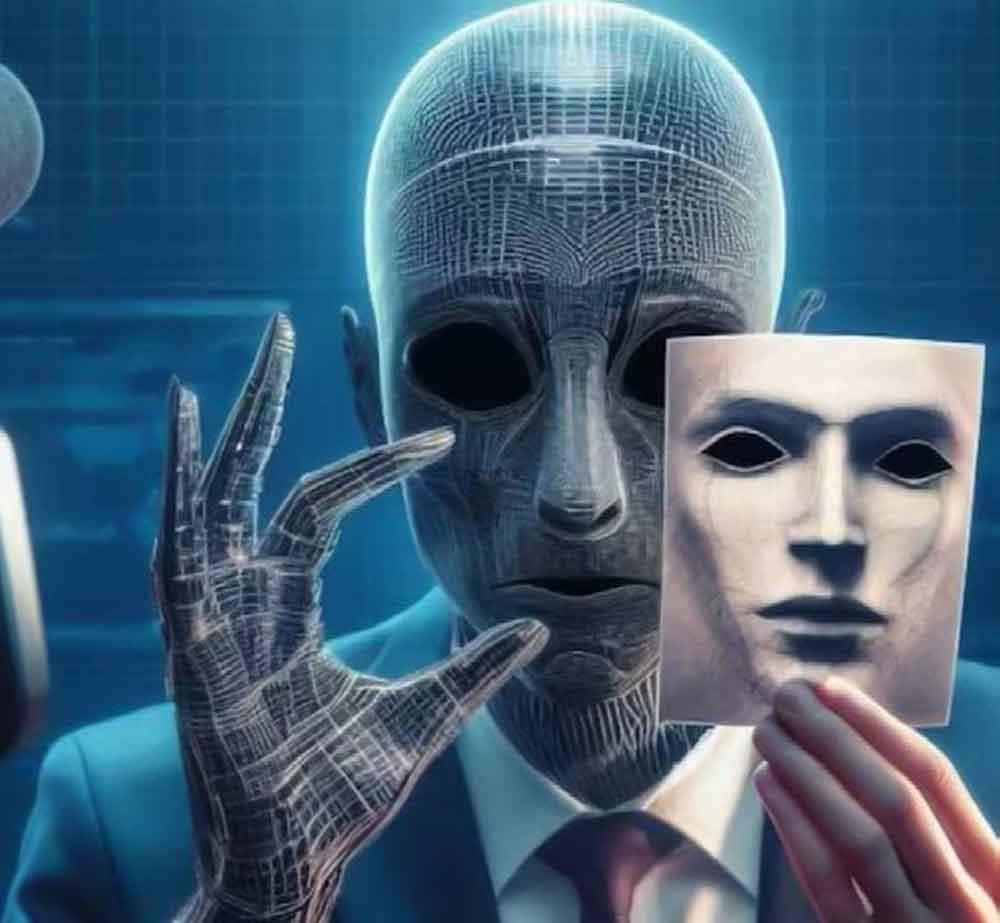
Beyond politics the personal consequences of deepfakes are equally alarming. One of the most common uses of deepfake technology is in the creation of non-consensual explicit content often referred to as revenge porn. Individuals particularly women have had their faces superimposed onto pornography without their consent leading to harassment blackmail and severe emotional trauma. Unlike traditional forms of image manipulation these deepfakes are difficult to trace and can be widely distributed on the internet in a matter of hours. Victims often have little recourse and even if legal action is taken the content may persist indefinitely online. This raises urgent ethical questions about the responsibilities of AI developers and platforms hosting such material.
The dangers extend into the corporate world where deepfakes can be used for fraud and corporate espionage. AI generated voice simulations have been used to impersonate executives instructing employees to transfer large sums of money to fraudulent accounts. In 2019 a UK based energy company reported a case where its CEO’s voice was mimicked by AI convincing an employee to transfer over two hundred thousand dollars to an account controlled by criminals.
As AI becomes more sophisticated these scams will become harder to detect and more financially devastating. The technology also allows competitors to manipulate media to damage reputations or steal trade secrets further complicating the landscape of business ethics and security.
Another critical concern is the psychological impact of widespread AI generated content. The proliferation of deepfakes contributes to a phenomenon known as reality erosion where individuals begin to doubt their own perceptions and question the authenticity of information. When people are unsure what is real, they become more susceptible to manipulation and fear. This has profound implications for social trust and public discourse. In a world where any video can be fabricated there is a risk of cynicism and disengagement from political and social issues because individuals feel powerless to discern truth from falsehood. The erosion of trust extends beyond politics and media into personal relationships where manipulated content can be used to sow discord or gaslight individuals into questioning their memory and judgment.
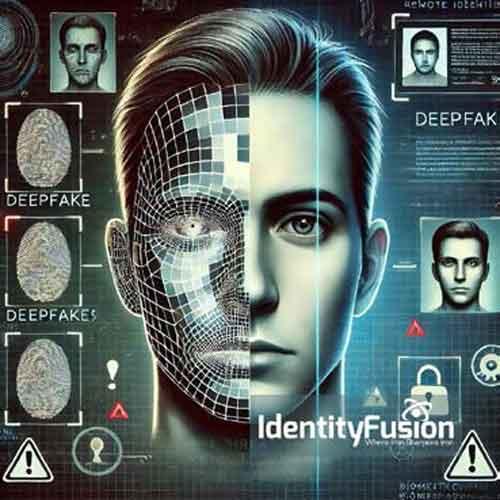
Governments and technology companies are grappling with how to address these challenges. Some countries have introduced legislation criminalizing the malicious use of deepfake technology while others focus on creating detection tools to identify manipulated content. AI companies are developing watermarking techniques and verification systems to ensure that media can be authenticated. While these measures are promising they are often reactive and struggle to keep pace with the rapid evolution of AI capabilities. Detection methods themselves can be circumvented by more advanced algorithms creating a continuous race between creators and defenders. The global nature of the internet also complicates enforcement as deepfakes created in one jurisdiction can be distributed worldwide making local regulations less effective.
Education plays a crucial role in mitigating the dangers of deepfakes. Media literacy programs can teach individuals to critically evaluate content and recognize signs of manipulation. Public awareness campaigns highlighting the risks and potential impact of deepfakes can reduce the likelihood of viral misinformation. However, education alone is not enough. There must also be a cultural shift where individuals demand accountability from both creators of AI technologies and platforms that host manipulated content. Transparency and ethical responsibility need to become central principles in the development and deployment of AI systems.
AI and deepfakes also raise philosophical and ethical questions about truth and authenticity. As machines become capable of producing content that is indistinguishable from reality the line between genuine and artificial experience blurs. This challenges traditional notions of evidence and trust. How can societies maintain shared understanding when the tools for deception are so advanced? What responsibilities do creators have to ensure that their innovations are not used for harm? These are not abstract questions but pressing dilemmas that require collaboration between technologists ethicists policymakers and the public.
Despite the dangers there are also opportunities to harness AI for positive impact. The same technology that creates deepfakes can be used for artistic expression education and accessibility. AI generated simulations can recreate historical events for immersive learning experiences or assist individuals with disabilities by generating realistic avatars for communication. The challenge lies in maximizing these benefits while minimizing harm. Regulation ethical frameworks and technological safeguards must be designed in tandem to create an environment where innovation does not come at the cost of safety and trust.
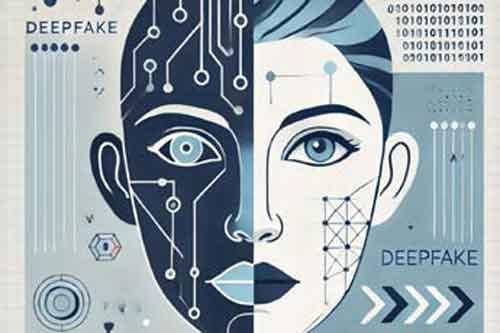
In conclusion artificial intelligence and deepfake technology represent one of the most significant societal challenges of our time. The ability to manipulate audio and video with near perfect realism has profound implications for politics personal safety corporate security and social trust. While there are legitimate benefits to AI applications the potential for misuse cannot be ignored. Addressing these dangers requires a multi-faceted approach that includes legislation technological safeguards education and ethical accountability. As individuals we must cultivate critical thinking and media literacy to navigate a world increasingly dominated by AI generated content. Society as a whole must confront the uncomfortable truth that the line between reality and fabrication is no longer clear and work proactively to ensure that technology serves humanity rather than undermining it. The stakes are high and the time to act is now.










